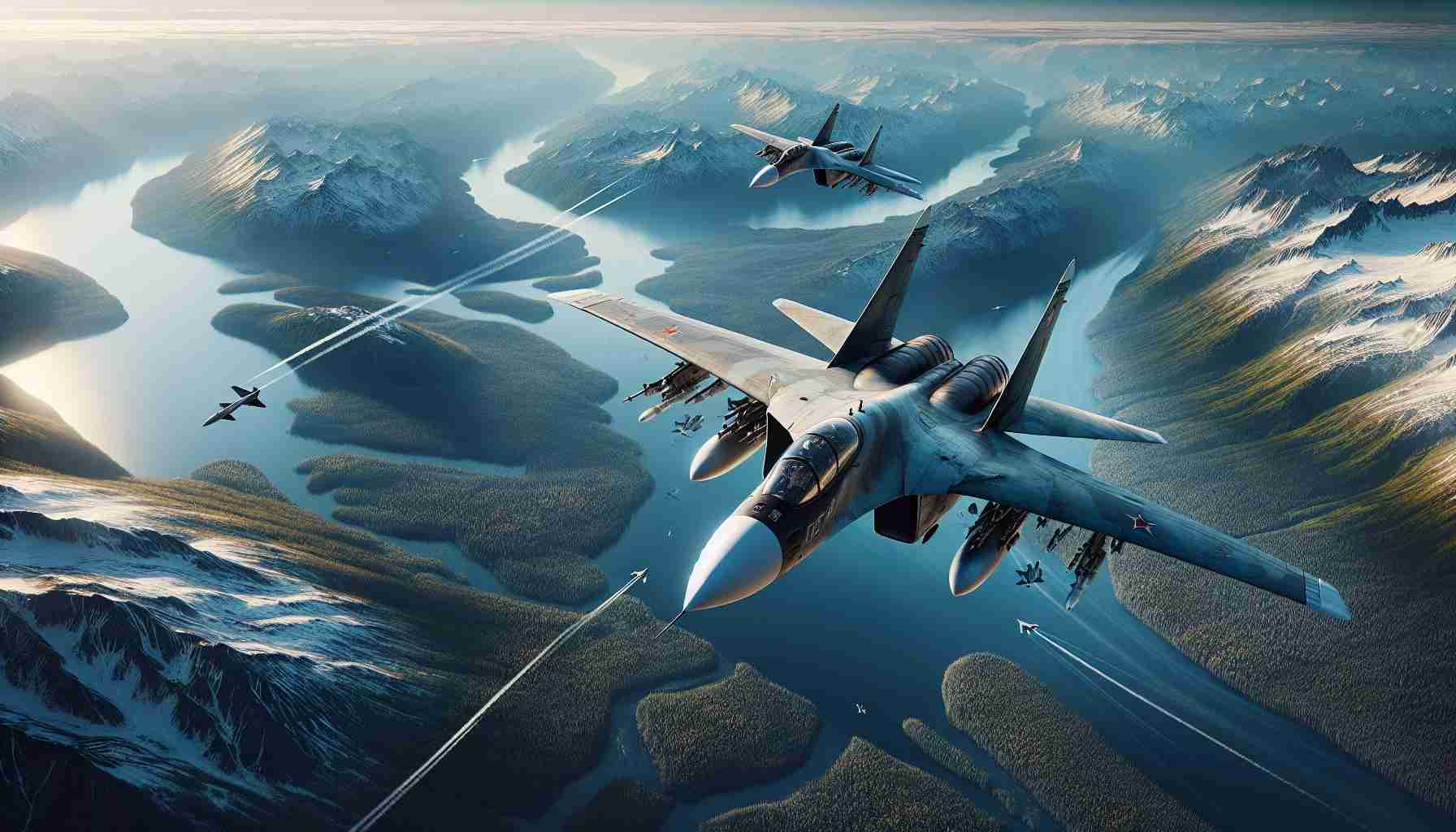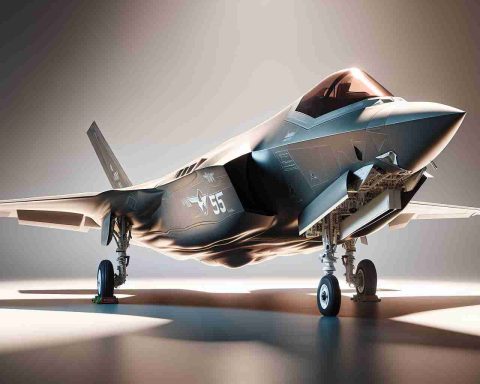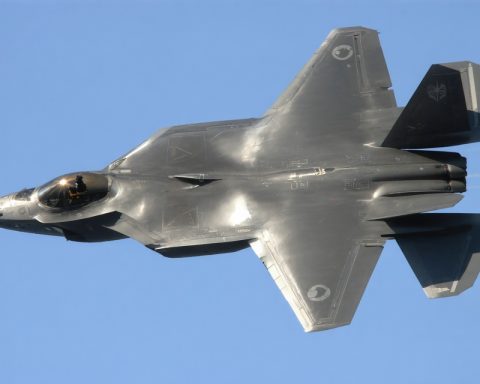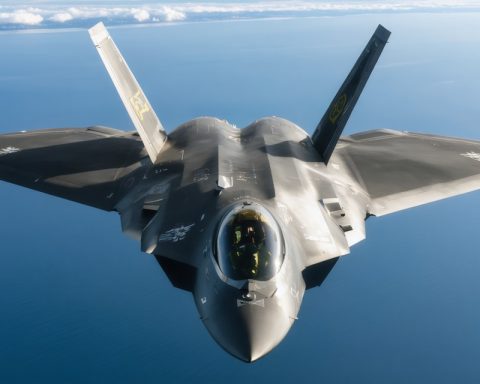Russian Military Aircraft Spotted Near Alaska
In a recent development, the North American Aerospace Defense Command (NORAD) identified four Russian military aircraft entering the Alaska Air Defense Identification Zone (ADIZ) on Tuesday. The planes, however, did not infringe upon the airspace of either the United States or Canada, remaining securely within international boundaries.
Such occurrences are not atypical; NORAD notes that Russian military presence in the ADIZ is a regular event and does not pose an imminent threat. This episode is part of a continuing pattern observed throughout this year, including a notable interception in July where Russian and Chinese military planes were detected in the vicinity of Alaska.
Tensions have simmered in the skies, especially after a near-miss incident between American and Russian jets in September, captured on video within neutral airspace. The sightings and potential risks led to a strategic deployment of 100 soldiers to the Aleutian island of Shemya, a key point in the defense setup.
An Air Defense Identification Zone like Alaska’s begins beyond national airspaces, serving as a critical area where every aircraft must be swiftly identified to safeguard national security. NORAD utilizes an advanced defense strategy combining satellites, radar systems, and fighter jets to monitor aircraft movements, ensuring they are prepared to respond decisively to protect North America’s skies.
Tensions in Alaska’s Skies: Understanding the Dynamics of Air Defense Zones
In recent incidents involving Russian military aircraft in the Alaska Air Defense Identification Zone (ADIZ), the North American Aerospace Defense Command (NORAD) has once again demonstrated its critical role in maintaining North American airspace security. As these encounters become more frequent, a closer examination of the implications and strategic responses can offer deeper insights into this aerial chessboard.
Understanding Air Defense Identification Zones
An Air Defense Identification Zone (ADIZ) is an essential aspect of international airspace policy, set beyond a nation’s sovereign airspace. It serves as a buffer zone where any incoming aircraft must be identified, located, and controlled to prevent potential threats. The ADIZ is crucial for early detection and response, allowing NORAD to maintain a robust defensive posture.
Key Features of NORAD’s Defense Capabilities
NORAD’s ability to monitor and respond to airspace incursions is underpinned by several sophisticated technologies and strategies:
1. Satellite Surveillance: Real-time satellite data provides comprehensive observation over vast areas, enabling NORAD to detect aircraft far before they approach national airspace.
2. Radar Systems: Advanced radar installations deliver precise tracking of any aircraft entering the ADIZ, offering seamless updates on their trajectory and speed.
3. Fighter Jet Readiness: NORAD maintains fighter jets at the ready, ensuring swift deployment to intercept and assess any aircraft that may pose a threat.
Through these capabilities, NORAD creates a formidable line of defense over North America, ensuring national security.
Implications of Frequent Airspace Incursions
The regular appearance of Russian aircraft within Alaska’s ADIZ highlights the need for sustained vigilance. Although these incursions do not violate national airspace, they represent ongoing geopolitical tensions and strategic posturing by global powers.
Security Innovations
Technology is a crucial ally in maintaining airspace security. The integration of AI and machine learning in monitoring systems can enhance NORAD’s ability to predict and identify potential threats, streamlining response times and reducing the risk of incidents such as near-misses.
Strategic Deployment
The documented deployment of American forces, including the recent stationing of troops on Shemya Island, signals a proactive stance in bolstering defensive measures in strategic locations. This move underscores NORAD’s commitment to adaptability amidst evolving security dynamics.
Conclusion and Predictions
As these aerial encounters become part of a routine landscape, NORAD’s strategic defenses will need continuous enhancement. The advent of new technologies and international collaborations could offer promising paths in fortifying the safety of North American skies. The vigilance displayed in recent incidents indicates a steadfast approach to ensuring peace and security in the complex air defense environment.
For further information, please visit NORAD.












